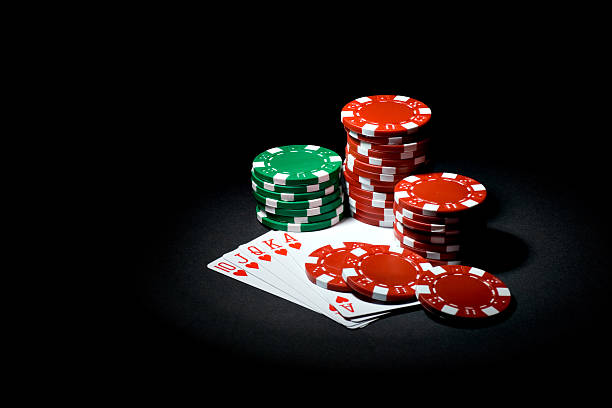What is a Full House in Omaha?
A full house in Omaha poker is a hand that includes three cards of one rank and two cards of another. However, unlike Texas Hold’em, Omaha requires you to use exactly two of your hole cards and three from the board to create your final hand.
This rule changes how full houses are made and evaluated in Omaha. For instance, if the board shows 9♣ 9♦ Q♠ Q♥ 2♣ and you hold Q♦ 9♠ 4♣ 3♠, you have a full house: three queens and two nines.
Full House Rules in Omaha Explained
Because players receive four hole cards in Omaha, the probability of making a full house is higher. However, the use of exactly two hole cards complicates decision-making.
- Requirement: Use 2 of your 4 hole cards + 3 community cards.
- Evaluation: The higher triplet wins the tie. If the trips match, the better pair decides the hand.
- High-variance: Full houses often collide with better full houses or quads due to many combinations.
Compare these rules with Texas Hold’em full house rules for better perspective.
Top Strategies for Playing Full Houses in Omaha
Winning consistently in Omaha means knowing when and how to bet your full house. Here’s how:
- Watch the Board: A paired board means someone likely hit trips or a full house. Evaluate if yours is the best.
- Assess Opponent Ranges: Players holding high pairs or connected cards may have made stronger full houses.
- Play Cautiously in Multiway Pots: It’s common for several players to have strong draws or hands.
- Use Position: Act last to gather as much information before committing chips.
Common Mistakes with Full House in Omaha
- Assuming strength blindly: Not all full houses are strong enough to commit your entire stack.
- Forgetting 2-card rule: You must use 2 hole cards—many new players misread their hands.
- Overvaluing weak full houses: Low full houses are easily beaten in Omaha’s action-heavy pots.
- Ignoring board texture: A dangerous board can spell disaster if your full house is second-best.
To practice correctly identifying hand strength, try free Omaha hand quizzes at Upswing Poker.
Full House Showdowns: Key Examples
Here are a few examples of real-world full house scenarios:
- Scenario 1: Player A holds 8♣ 8♠ J♠ Q♦, Player B has Q♣ Q♠ 9♦ 2♠. Board: Q♥ 8♦ 8♥ 4♠ 3♦. Result: Player A wins with 8s full of queens over Player B’s queens full of 8s.
- Scenario 2: Everyone thinks they have a full house, but only one player used the correct combination of hole and board cards.
More examples are available in the Complete Full House Poker Guide.
Using Software to Analyze Omaha Hands
Advanced players rely on solvers and tracking software like PokerTracker or Hold’em Manager to evaluate full house hands in-depth. These tools help detect leaks, analyze EV, and study opponent behavior when playing full houses and other strong hands.
Conclusion: Beating the Omaha Tables with Full House Knowledge
The full house rules in Omaha may look simple, but their complexity lies in how you form the hand and read opponents. Knowing how to use your four cards properly, avoid traps, and play full houses strategically will take your game to the next level. Always consider the board, the strength of your kicker, and potential opponent ranges before making any major decision.
Ready to step up your poker skills? Go back to our Complete Poker Full House Rules Guide for more knowledge.




